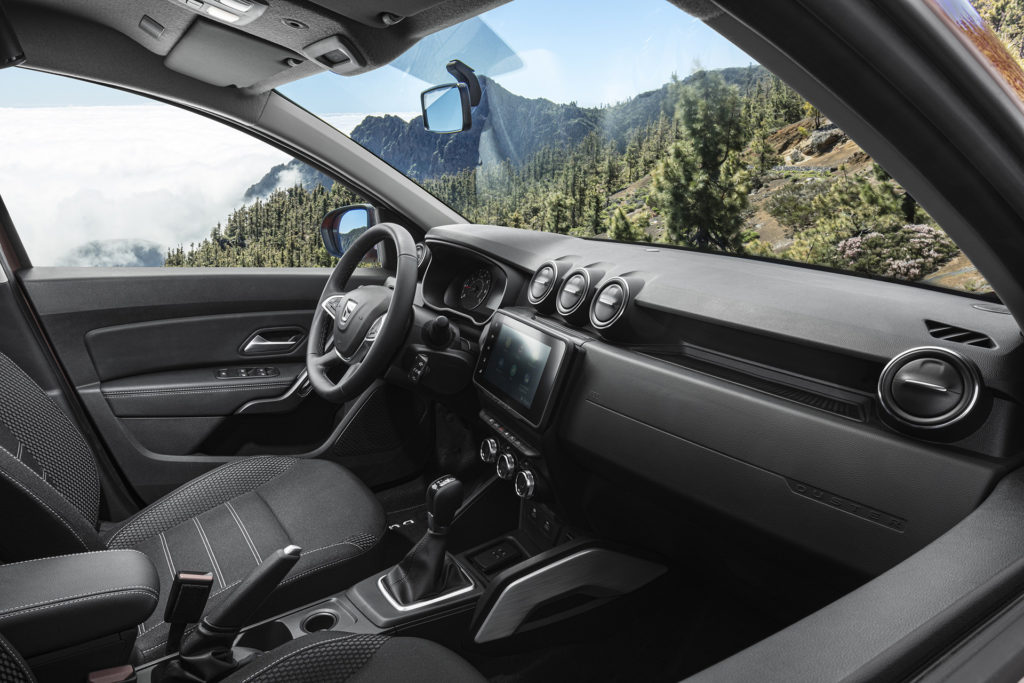
When Dacia introduced their Duster to Ireland in 2012, they described the ‘no frills’ car as ‘shockingly affordable.’ The Romanian-built car arrived as we were nearing the end of a recession and it proved to be a popular buy for many Irish motorists who were looking for a bargain.
We have had another ‘boom and bust’ since then and who knows what the future holds right now. But the Duster still offers ‘shockingly affordable’ value, with prices starting at just under 22k.
Dacia was created in Romania in 1966, with a clear objective: to provide modern, reliable and affordable vehicles to the people of Romania. It was dubbed Dacia after the name given by the Romans to the region now known as Romania.
Renault took over Dacia in 1999, marking a strategic shift. Dacia thus became a Groupe Renault brand, opening up a new era in terms of quality and distribution. Dacia has very done well in Ireland over the past decade and the Duster and Sandero have been their best sellers.
Earlier this year the new version of the Sandero was voted Continental Compact Car of the Year by the Irish Motor Writers.
The Duster is a neat SUV with a high driving position. It’s not luxurious, but it’s efficient and the only complaint I heard from family members was that the doors were a bit noisy when closing.
Overall, Dacia say that cabin noise has been halved with extra sound absorbing surfaces and thicker front windows. The driver’s seat is now more adjustable, and new electric power steering makes light work of parking. Rear legroom is adequate, and the boot has 445 litres of space.

I like the dash and the simple lay out of the radio and air conditioning controls. In addition to the controls on the dash you also have slave controls at the side of the steering wheel. You also get a good old-fashioned style handbrake where you can be sure it has engaged when you pull it up!
The boot is a decent size, but surprisingly no spare wheel. I remember in an earlier model you could get a spare wheel for an extra €100, but that offer doesn’t seem to be available this time round.
My test car, a Blue dCi 115, came in a Slate grey colour, but the official photographs supplied by Dacia were a Desert Orange colour which showed how attractive the car looks. It was a really the most frugal engine I have driven this year and the fuel gauge was definitely the slowest moving part.
Back in 2012 the price of the entry level Duster was around €14,990. By 2016 it had risen to €16,690 which was still very attractive if you wanted to buy a spacious new four-door, five-seater car.
The only slight criticism is a problem with all Dacia cars in that the speedometer highlights, 70km, 90km and 110km, which is not much use to Irish motorists as our speed limits are usually 60km, 80km and 100km.
You probably don’t need me to tell you that the price of most imported items seems to have increased since Covid-19 struck. Now ten years on from its introduction to Ireland the starting price of Duster has risen to €21,109.
My test model which had a few extras items like reversing camera, will cost you €25,035, which is still ‘shockingly affordable’ for a fine solid car where the fuel gauge moves ever so slowly.









